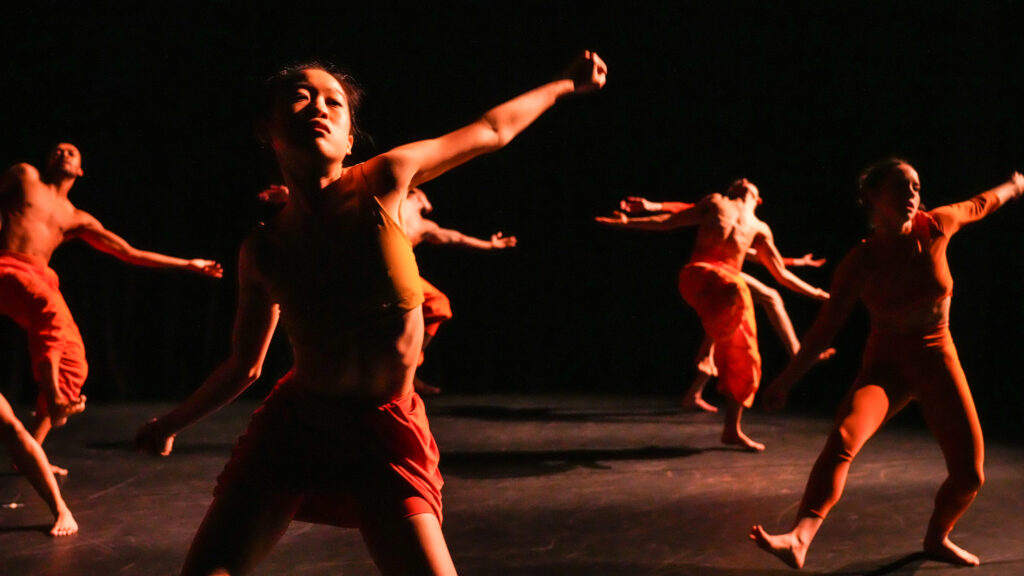THE HANGOVER REPORT – FALL FOR DANCE kicks off with accomplished works by Alexei Ratmansky, Tiler Peck, and Andrea Miller
- By drediman
- September 19, 2024
- No Comments

Last night, the 2024 edition of Fall for Dance — a festival of dance made popular, in part, by its $30 price point and crowd-pleasing programming — kicked off with the first of five scheduled programs. Introducing the evening was New York City Ballet’s Wendy Whelan, who emphasized the strong association between her company and the choreographers featured in the opening program — those would be Alexei Ratmansky (City Ballet’s designated Artist in Residence), Tiler Peck (a beloved principal with the company), and Gallim’s Andrea Miller (whose pieces have been danced by the company). Together, their accomplished works — two of which were New York premieres — comprised an appealing if safe evening of dance that lightly showcased the breadth of the art form.
Things got off to a somber start with a performance by the National Ballet of Ukraine, who danced the New York premiere of Ratmansky’s Wartime Elegy. Using dance as a potent political statement, the piece commenced with a tableau of destruction and despair, slowly rising from which ghosts of the past conjure the war-torn country’s prideful former glory. In this respect, the work is a companion piece of sorts to Ratmansky’s devastating Solitude, which the choreographer created for City Ballet last season. The Ukrainian dancers performed the delicately flowing piece with wistfulness and immense maturity, connecting fully with the poetic sensibility that permeates the piece — sprinkled throughout were nuanced displays of community and human connection amidst difficult times — and skillfully handling the stark transitions between robust folk dance and classical ballet (rarely has the arabesque made such a statement). The first half concluded with another New York premiere — Peck’s Piano Songs, a solo set on American Ballet Theatre principal Aran Bell, who danced with finesse and command. Set to Meredith Monk’s rhythmic dueling piano composition (performed live, wonderfully), the piece exuded an appealingly laid-back, almost improvisational quality, giving Bell ample room to play with musicality. Thankfully, there’s also emotional tension that underlies Peck’s choreography, resulting in a pleasantly satisfying viewing.
After the intermission, Gallim took center stage with Andrea Miller’s relatively large-scale work SAMA, smartly concluding the program in crowd-pleasing fashion. Set to a thumping electronic soundtrack by various artists, the vaguely exotic work is a spectacle of defiance, empowerment, and joy that injected much-needed adrenaline to the evening (indeed, the dancers on stilts were a rousing sight to see, drawing audible gasps from the audience). Over the course of the piece, there were obvious — albeit commercially scrubbed — shades of Twyla Tharp’s iconic In the Upper Room, as well as Sharon Eyal’s distinctively relentless and aggressive dance style. Seen together, the works chosen for Program 1 affectingly demonstrated the form’s capacity to express the gamut of the human experience.
RECOMMENDED
FALL FOR DANCE: PROGRAM 1
Dance
New York City Center
1 hour, 20 minutes (with one intermission)
Fall for Dance continues through September 29

 Copyright © 2025
Copyright © 2025
Leave a Reply